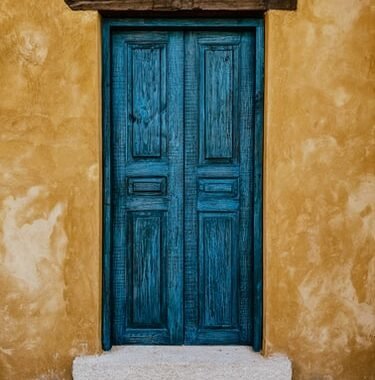Lintels
A Lintel is a Horizontal Member, which is placed above the opening to support the portion above the opening. It Functions like Beam, it transfers the above opening loads to the sides of the opening. Lintels are used above Windows, doors, or any opening like it to support the above portion above the opening.

Types Of Lintels:-
Lintels can be of Wood, Steels, Bricks, Stones, or of RCC members. All the types are explained in detail below.
1. Wood Lintel
A single piece of timber can be used as a lintel or three pieces bolted together along the thickness of the wall can be adopted. A bearing of 150 – 200 mm should be provided on the wall and it should be placed on the mortar. The width is equal to the thickness of the opening and depth should be about 1/12 to 1/8 of the span with a minimum of 80 mm.
Wood lintels are liable to be destroyed by fire and decay. They are comparatively weak. Wood lintels help in securing heads of frames of timber doors and windows.

2. Stone Lintel
Slabs of stones are placed across the openings. If stones are used as lintels, relieving arches are to be provided since stones have low tensile resistance. The depth of stone lintel should be at least one mm per one cm length of the opening.

3. Brick Lintel
A temporary wood support known as turning piece is used to construct a brick lintel. The depth of the lintel must be some multiple of brick courses. Brick lintel is weak and hence used up to 1 m span with light loading.

4. Steel Lintel
This lintel consists of steel angles or rolled steel joists. The former is used for small spans and the latter for large spans. Tube separators are provided to keep the joists in position. Joists are embedded in concrete to protect steel from corrosion and fire.
5. RCC Lintel
RCC has replaced practically all other materials for lintel. RCC lintels are fire-proof, durable, strong and easy to construct. The usual concrete mix used for lintel is 1:2:4. Plain concrete lintels can be used up to a span of 800 mm. The amount of reinforcement depends upon the span.
RCC lintels can be precast or cast-in-situ. Precast RCC lintels are convenient for spans up to 2 m. Also, they increase the speed of construction and allow sufficient time for curing before fixing. The top of the lintel should be properly marked with tar or paint so that the lintel can be placed correctly. For castin-situ RCC lintels, centering is prepared, reinforcement is placed and concreting is
done. Sunshades can be easily projected from the lintels.
Where appearance is not important, the surface of RCC lintel is left exposed. Figure 5.20 shows a lintel over a wall. Flexible DPC must be provided and the toe of the lintel should be strong enoughto bear a load of wall above it.
